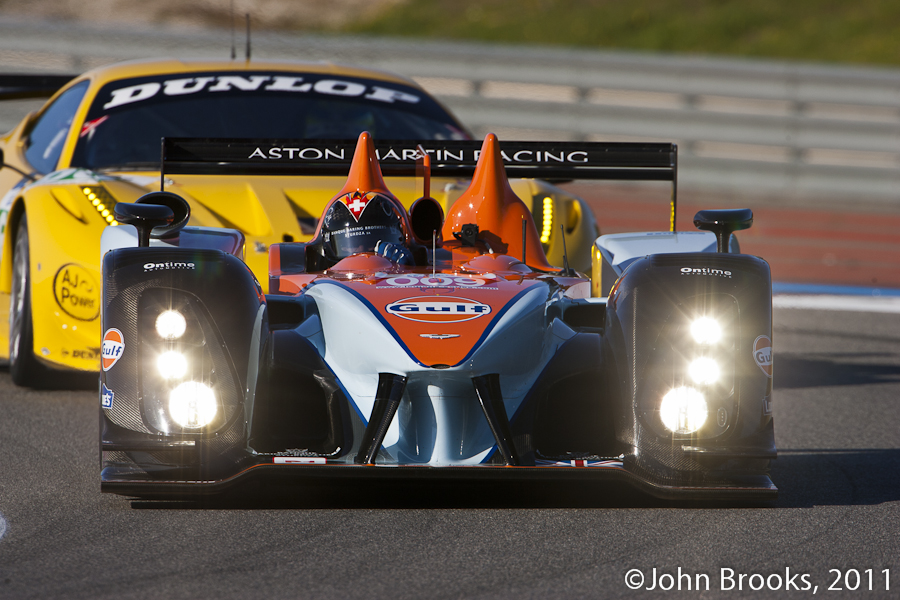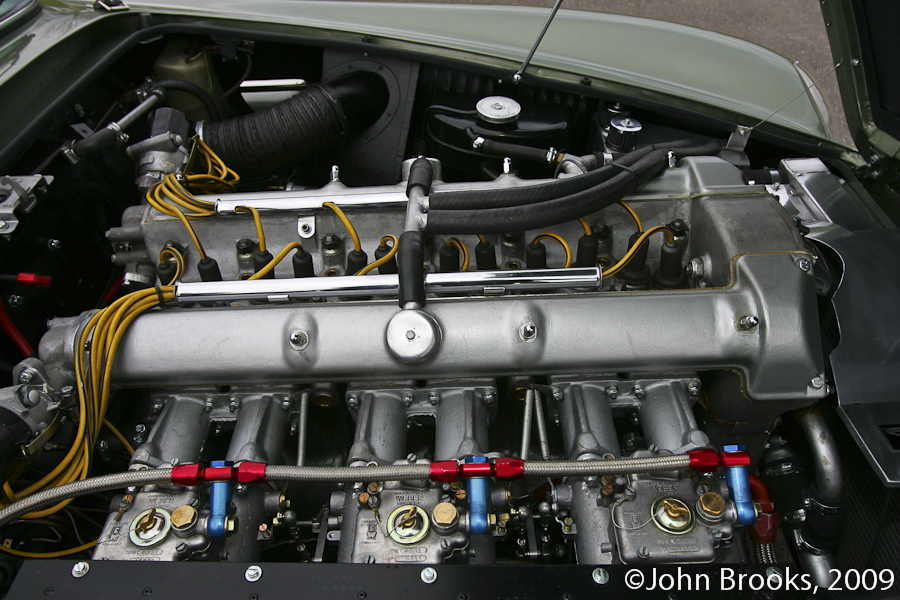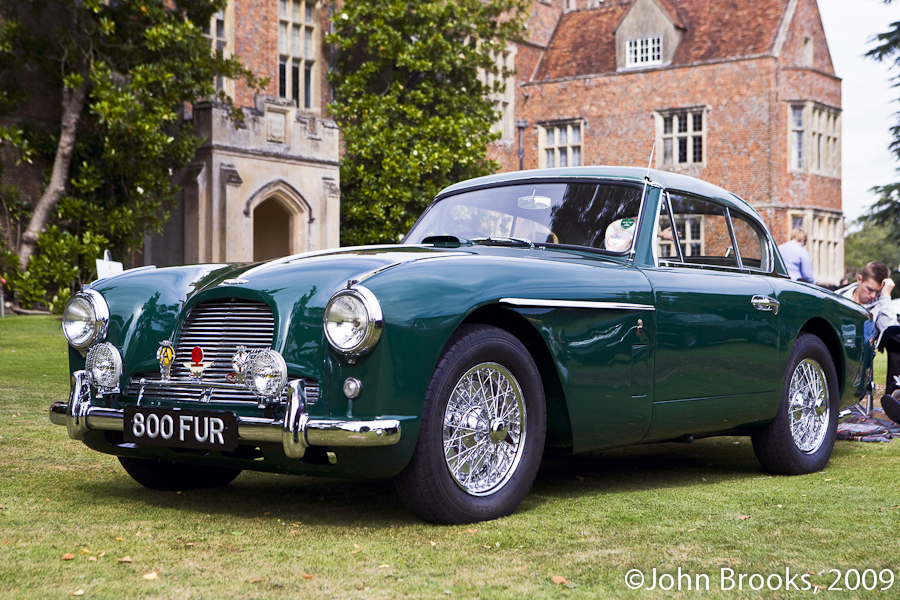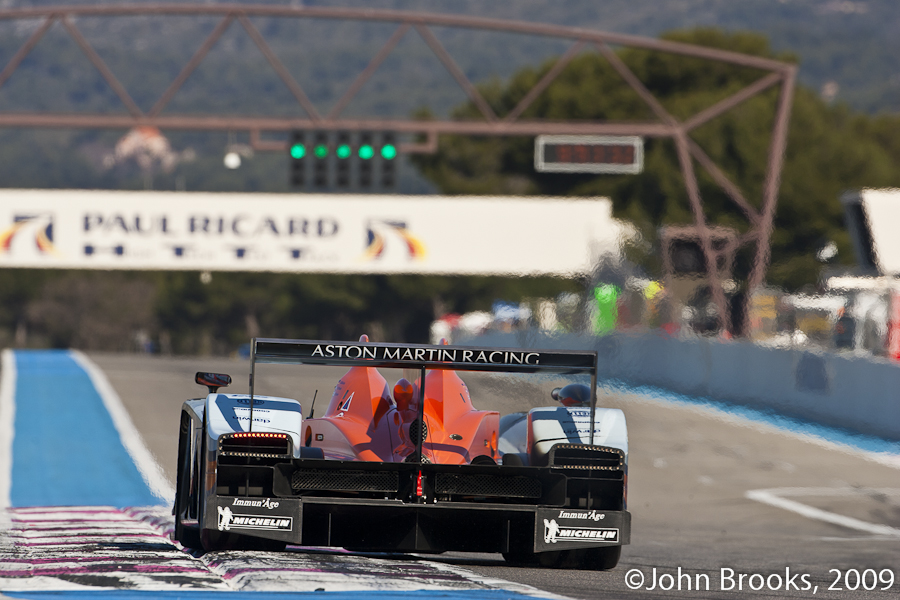On the journey home from La Sarthe, David Blumlein considered the new Aston Martin, its unusual engine configuration and its place in the marque’s history.
Aston Martin enthusiasts will be somewhat dismayed that the new LM P1 car, the AMR-One, underperformed greatly at the Le Mans Journée Test. It seems that the problems revolve around the car’s new Straight-Six turbocharged 2-litre engine. It is a recent and completely new design, and clearly the team just needs more time to iron out the problems.
It is exciting to find a current team putting their faith in the Straight-Six configuration, for we are very used these days to engines using V-configurations: V6, V8, V10 and V12, but in line Sixes have been long forgotten!
But let us not forget that in the golden era of Aston Martin history, the David Brown period, Aston Martins were nearly always powered by Straight-Sixes. When David Brown bought Aston Martin in 1947 he inherited Claude Hill’s excellent four-cylinder OHV motor- this unit powered the Spa 24 Hours winner in 1948. David Brown also bought the ailing Lagonda Company as he had his eye on the post-war Lagonda 2.6 litre, twin overhead cam, six cylinder in-line engine. This engine had been developed by no less than W.O. Bentley, who had been engaged by Lagonda in 1935.
The engine found a new home in the Aston Martin DB2 and for racing was quickly stretched to 3 litres. Most of the Aston Martin successes in the 1950s came with the DB3S and then the DBR1. The latter went on to win at Le Mans in 1959.
So let us not lose faith and we should look forward to more Six Cylinder Aston Martin success – it is in the marque’s heritage!
David Blumlein, May 2011




